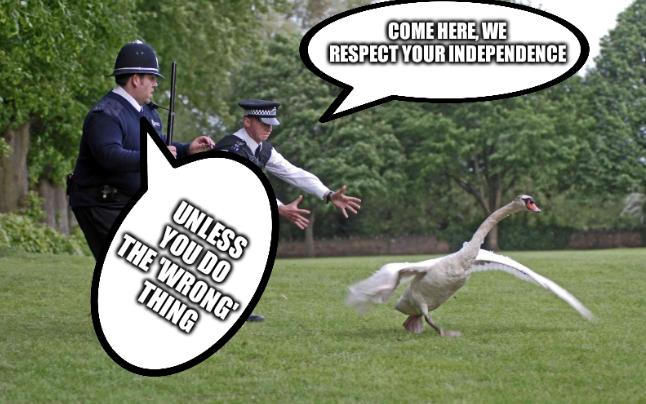

THE interference by António Campinos in the affairs and practice of judges is reminiscent of the old boss at the European Patent Office (EPO). Campinos knows nothing about software/coding, yet he's happy to meddle in decisions.
The referral of G1/19 comes from a case relating to the simulation of pedestrians moving through walkways. It sounds a bit more detached from physical and technical considerations. Surely the decisions people are making when they walk through a building lead us completely away from technical subject-matter? [Those are the wrong questions to ask. The whole "technical effect" framing is misleading and misguided.]
Well, perhaps not. Crowds and traffic share a lot in common with the motion of fluids. [Simulating the motion of liquids should not be patentable, either] You’ve probably experienced a traffic jam on the motorway which seems to last for ages, only to come out the other end to see that, infuriatingly, there was nothing there to cause the slowdown. This was caused by a ripple which was set-off a few miles ahead and progressed back towards you. Once the ripple is set in motion it will keep going and can actually be predicted pretty accurately. This is also what happens when you have barriers at the tube station, or someone stops to tie their shoe lace in the middle of the pavement. [This is a veiled attempt to insinuate "usefulness", as if patents are to be granted based on such ludicrous grounds]
The same thing happens in fluids in pipes. [Humans are technically mostly water, but this analogy is laughable and simulating liquids does not make motion of liquids a human invention] When shutting-off a tap at one end of a pipe, the ripple progresses along the pipe and likely causes a burst somewhere behind your plasterboard. If the modelling of crowds is done in the same way as water in a pipe or electrons in an electronic circuit, should it still be excluded? [This is a straw man argument. Both should be excluded. Should we start having patents on water, too?]
[...]
The third question asks the first two questions again, but if the claimed method is recited as part of a design process. Perhaps a more palatable claim for the EPO to accept. This might allow the Enlarged Board to give us a better steer on where the boundary lies between electrons moving in a circuit (technical) and people making decisions on how to act (non-technical). [The circuit itself may be patentable, not the electrons. Another straw man argument.]
If the board answers any of the questions negatively, then this could overturn the reasoning of T1227/05 and alter the guidelines followed by examiners. [No, the guidelines of the EPO are never based on law and logic, as its track record has shown over the past decade.]
We would attempt to predict the outcome of the hearing tomorrow, but for a lack of physical parameters which can accurately model the Enlarged Board’s decision making process. At least, there is not long to wait.